Date: 23 March 2012
An area that can be overlooked in relation to speed and efficiency is automatic glass loading systems. For the glass processing industry choosing the right loading equipment can have a huge impact upon the efficiency of the entire production line.
Steve Goble, Managing Director at Hegla UK comments: “The word automatic in relation to machinery can sometimes be misinterpreted in the same way as the word “Star” has altered over the last few years. The entire process can be considerably delayed if the loading system is not integrated or matched correctly to the cutting equipment as it will influence efficiency and output. The Hegla team always suggests a study of matched machinery within a facility to highlight any potential issues that could arise for customers. Steve Goble comments, “Manufacturers need to assess whether they are being held back by machines that leave the production line dormant. Pockets of wasted time will build up and subsequently have a considerable effect on the output levels, which no-one can afford in the current climate.” The double sided loading and cutting systems from Hegla offer many advantages with one single control unit and internal database which provides a continuous supply of glass to the cutting line.
Cutting codes are produced for batch/glass types with the machine calibrated and set as to how it will proceed. As with all Hegla systems there are numerous application possibilities providing the most efficient solution for industrial processing. Fewer glass locations and the ability to automatically process orders via the automatic rack pre-selection system enables customers to simplify and speed up production methods. The online option mode of the fully automatic line enables decisions to be made in a production office rather than on the production floor which can provide huge cost savings. Additionally, Hegla’s double sided loading systems are fast and efficient due to the mechanical glass separation system and the mechanical gearbox which is incorporated instead of hydraulics and this ensures that the operation runs smoothly. Main advantages for manufacturers come from the speed of the loaders, in particular in a 3 x 2 application. As product developments increase, it is important for loaders to be fast especially as they become longer.
There is little point in having fast cutting machinery if the loading system cannot keep pace. For example in toughened glass applications the average glass size is bigger so cutting tends to be faster because there are fewer glass pieces per sheet. Glass type is irrelevant in an ideal world, whether coated or non-coated, as loading to cutting and breakout need to match. For those looking to invest, currently there is little room for error which the Hegla team considers a pivotal element for consideration when making business plans for the future, particularly if legislation is introduced that will put extra demands on the production line. Whilst the technical advantages of the entire Hegla range stem from many years experience in machine development and meticulous attention to detail, a huge part of the company’s success is accredited to simply understanding the needs and demands of the market. Repeatedly customers endorse the attributes of the equipment as well as the team’s ability to simply and flexibly accommodate their individual needs.
Technically the Hegla team has vast experience and understanding of an industry that continually fluctuates. As such it has established a reputation for appreciating the demands put upon glass processors as market direction changes, with knowledge and vast technical support being accommodated at every stage of any project. Hegla remains in complete control of manufacturing and building each and every piece of equipment in-house to exacting standards, a distinctive trait of which the entire team is very proud and customers readily sanction. Steve Goble, concludes, “Evaluating loading and cutting requirements along with the capabilities of existing machinery is crucial to implementing faster output and accommodating a company’s potential future growth. Looking to future markets, this of course all facilitates smoother production methods in relation to double glazing manufacturing. When triple glazing is brought into the equation however, 100% efficiency will need to be guaranteed in order to deliver, in relation to both products and distribution times.”


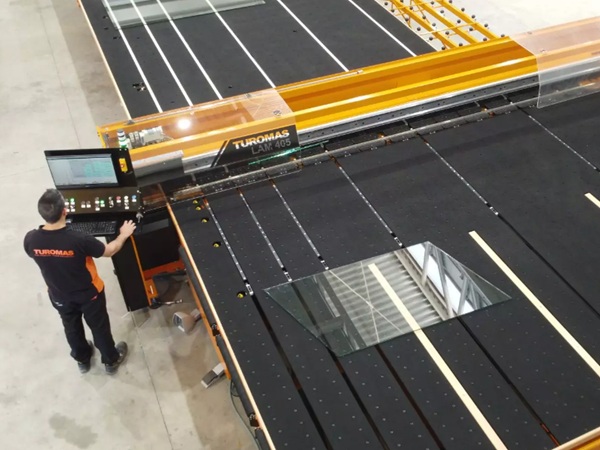
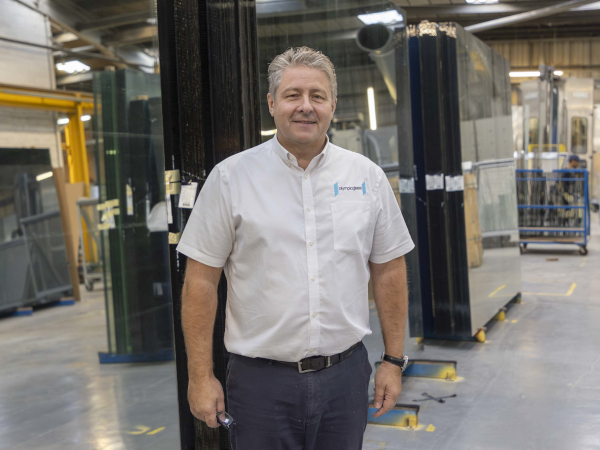
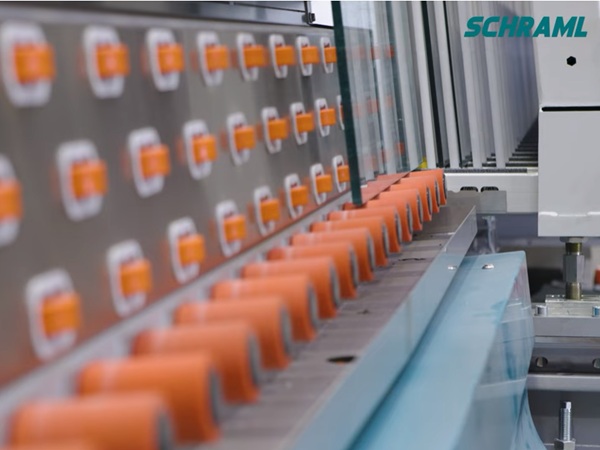
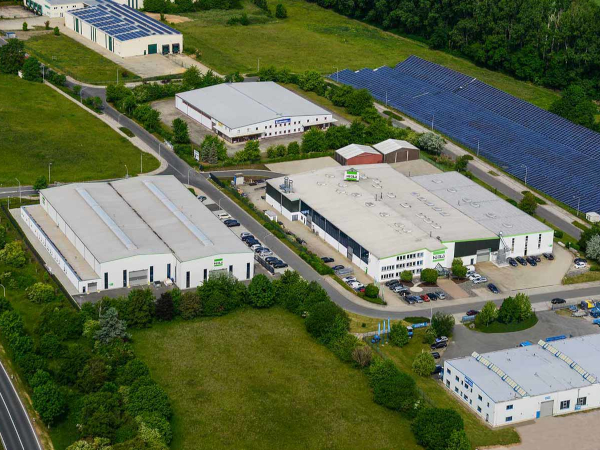
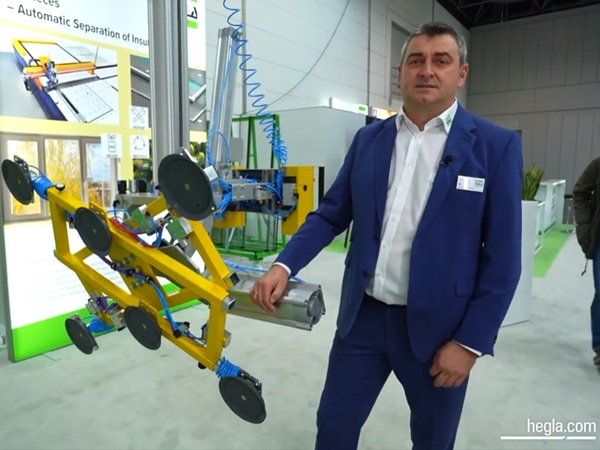





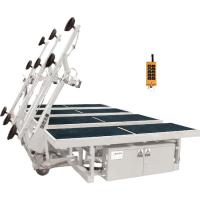
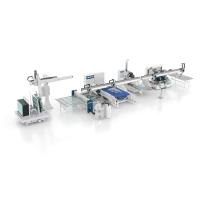


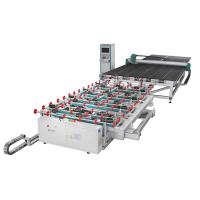

Add new comment